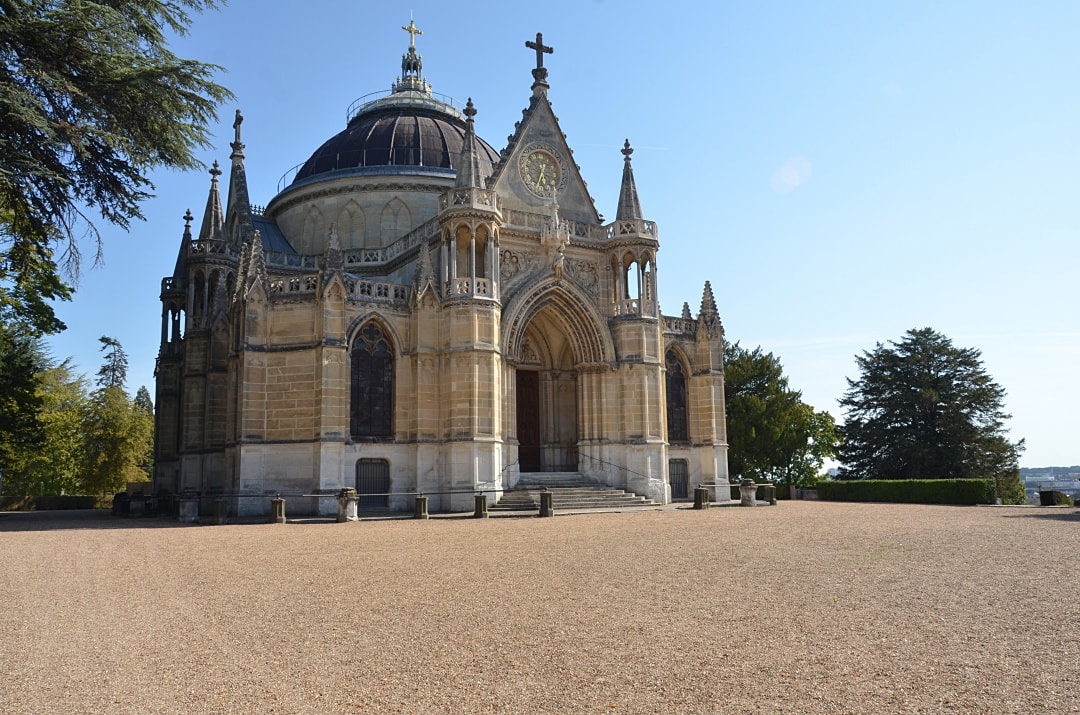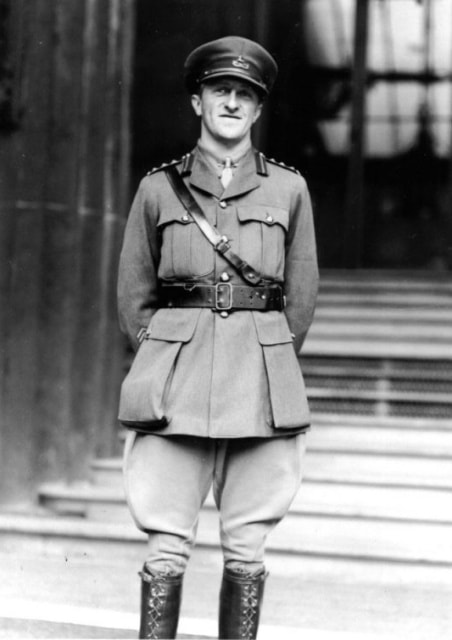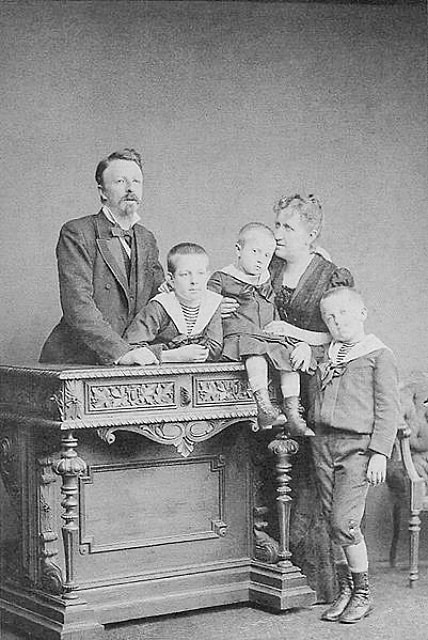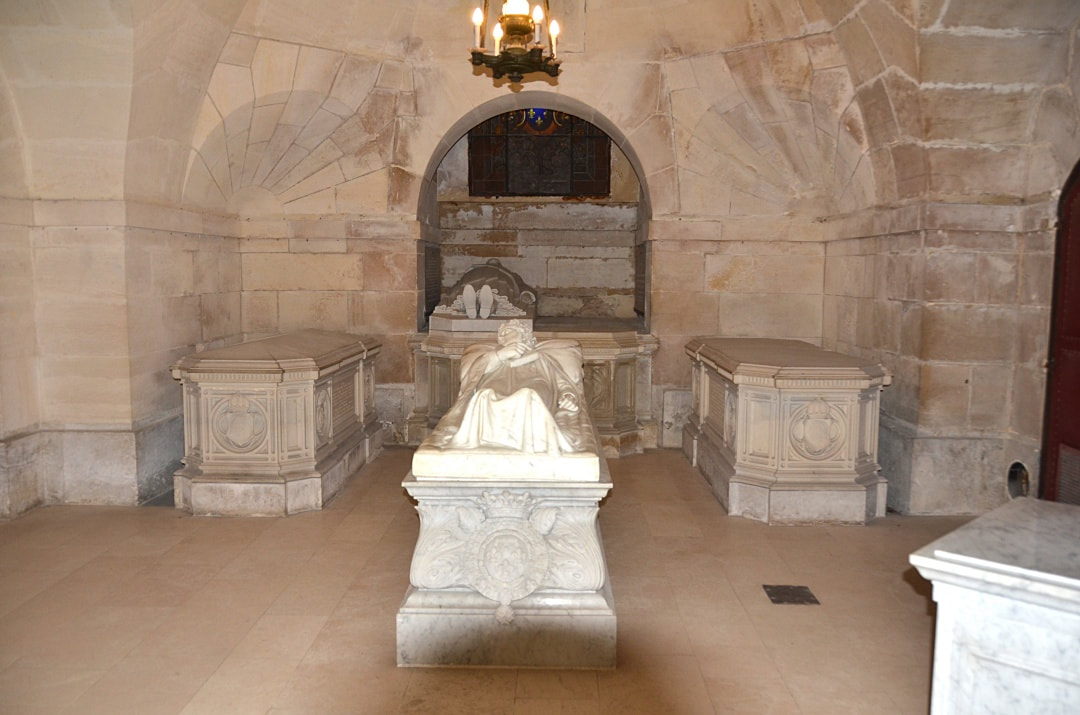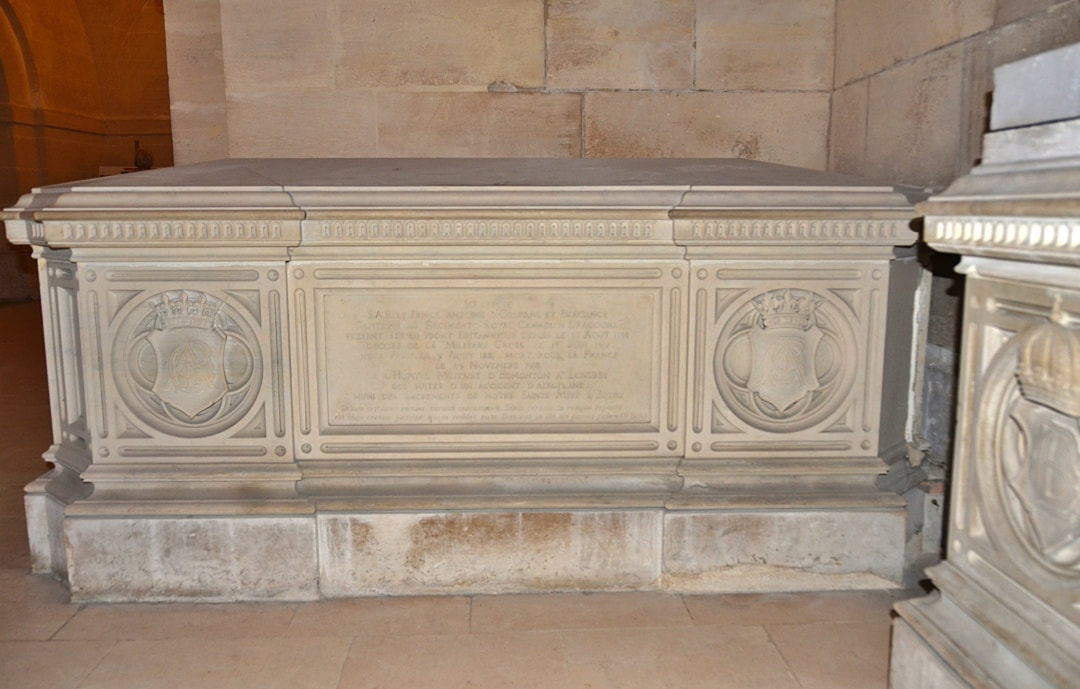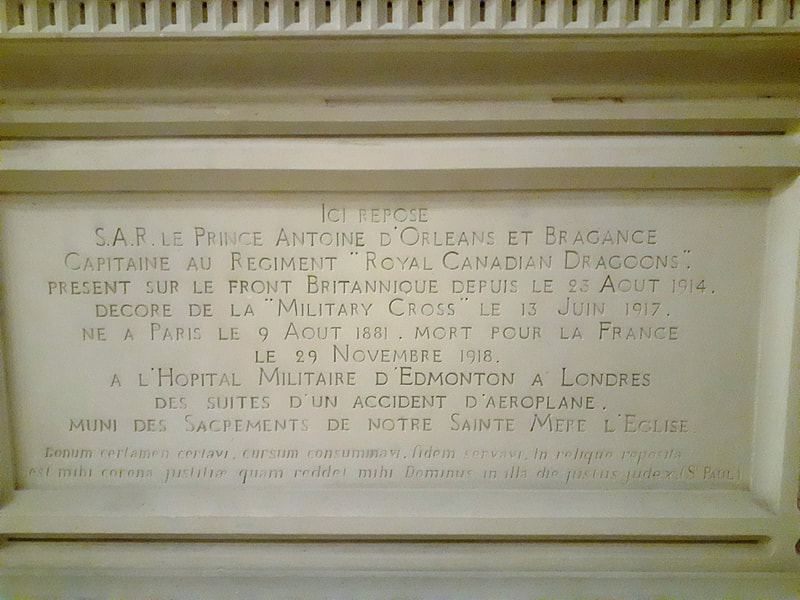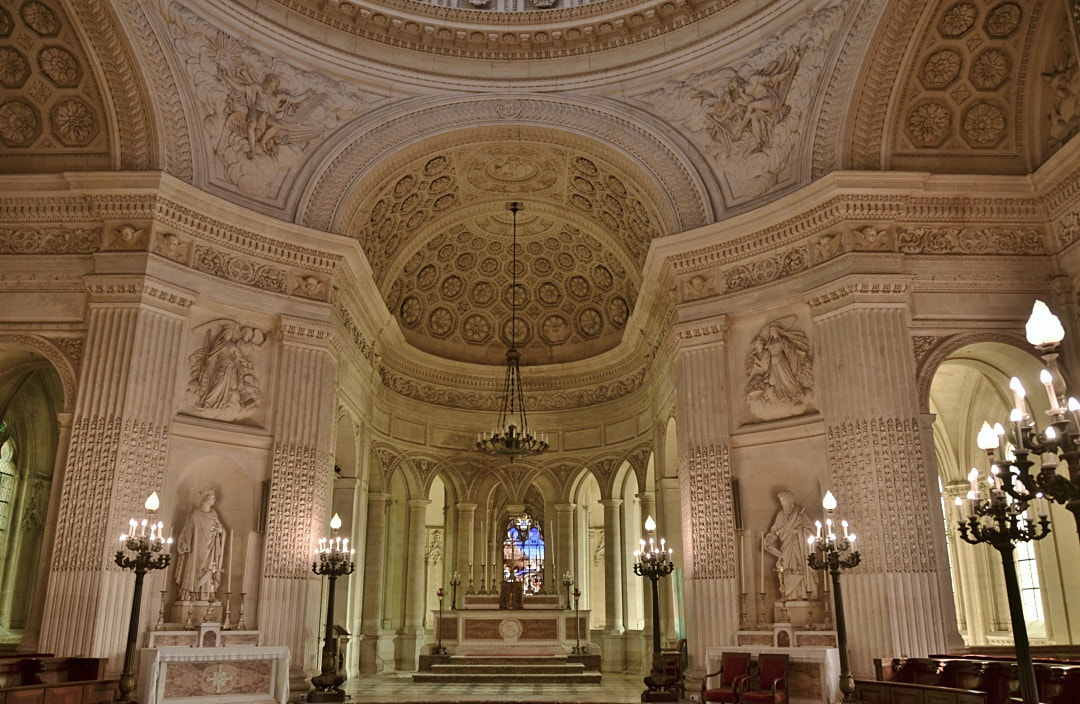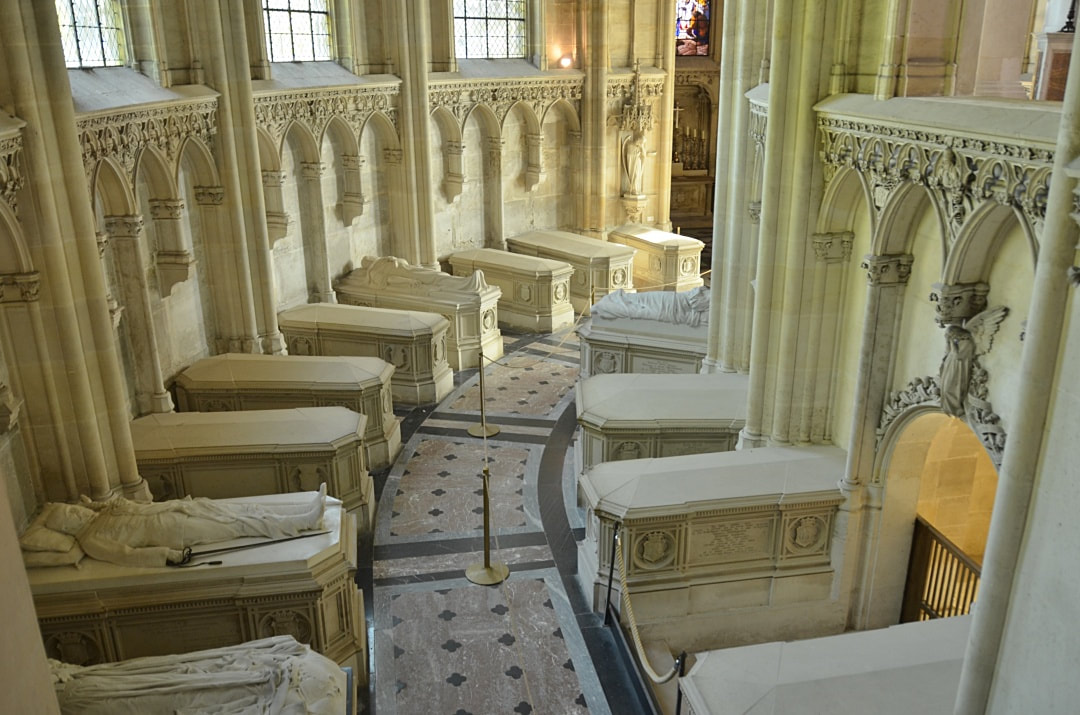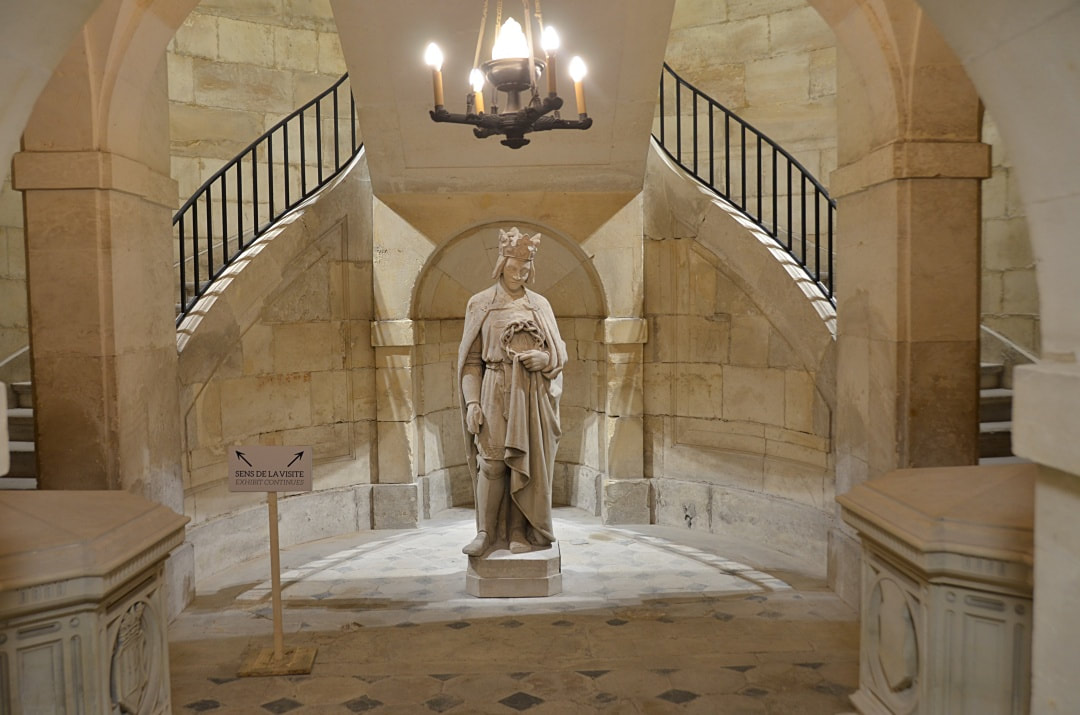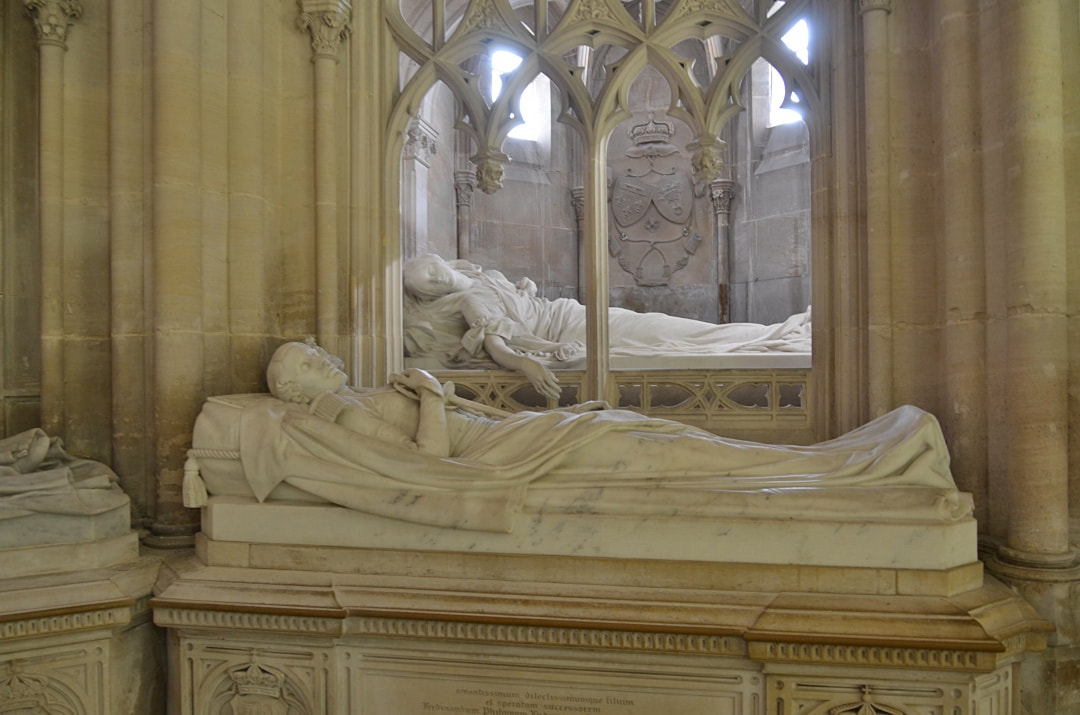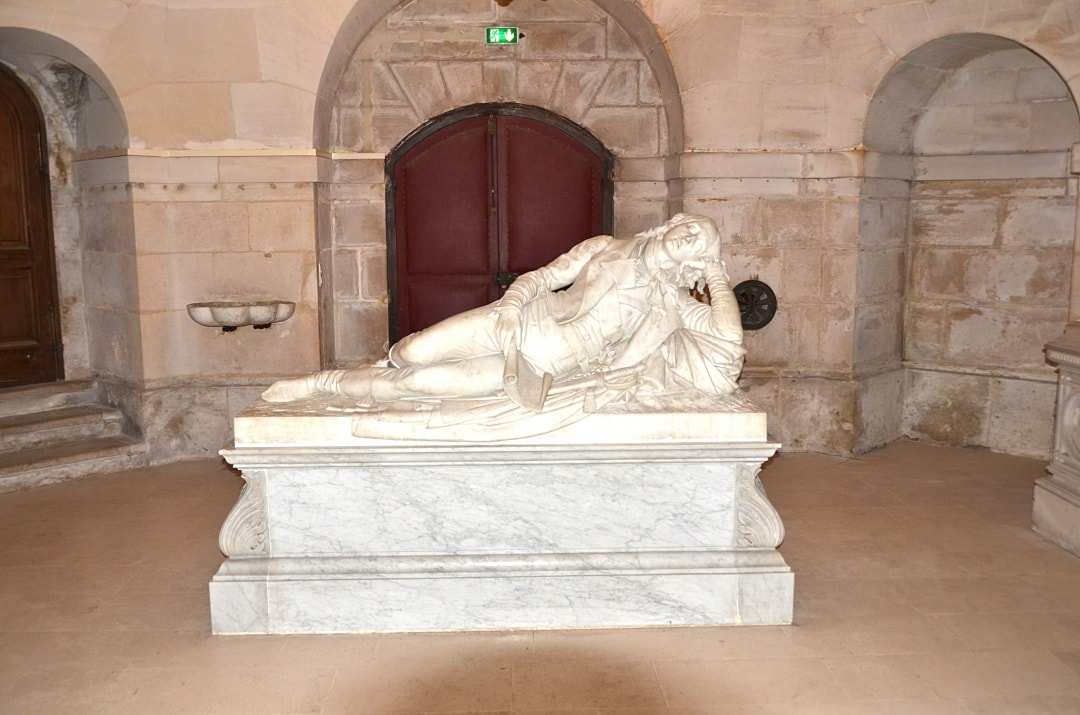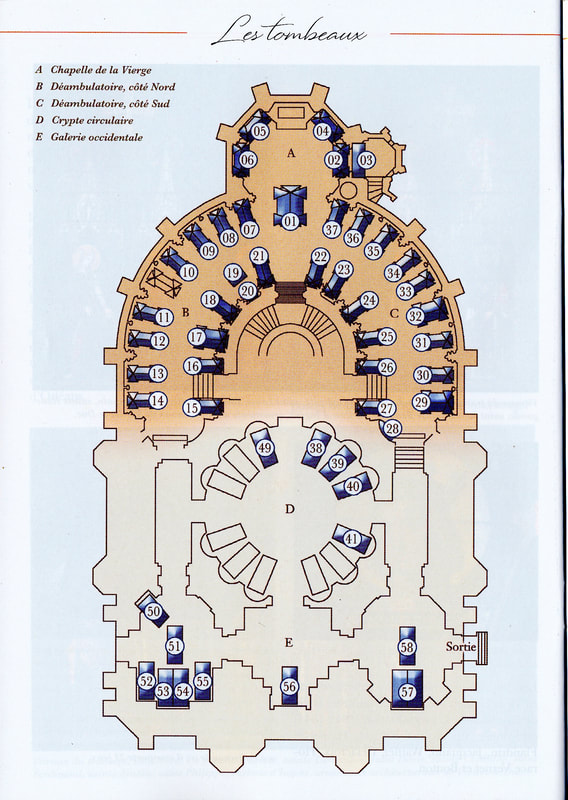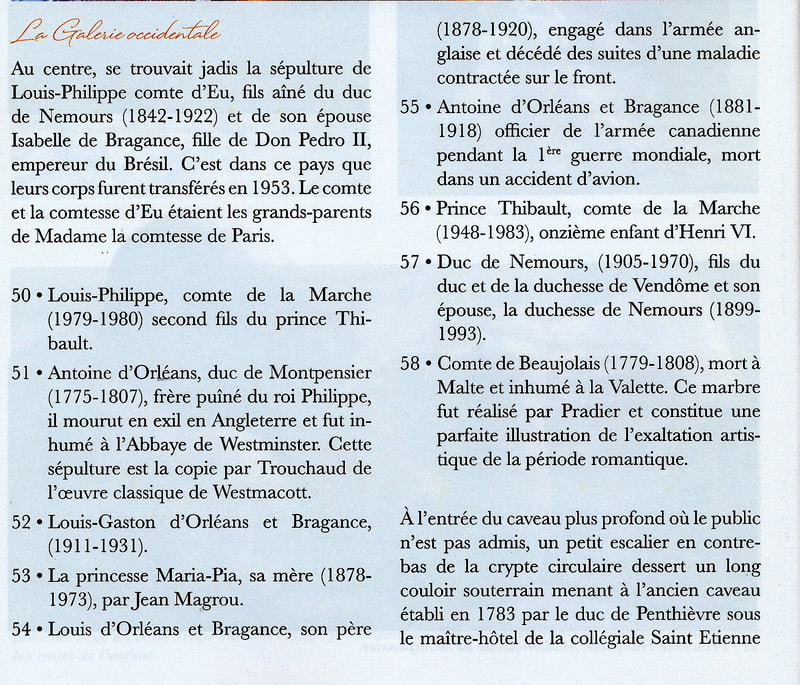DREUX ROYAL CHAPEL
Eure-et-Loire
France
GPS Coordinates: Latitude: 48.73863, Longitude: 1.36368
Location Information
The Royal Dreux Chapel (La Chapelle Royale de Dreux) is located in the large of town of Dreux in Northern France. The chapel contains the grave of Antoine Gaston Philippe. M. C.
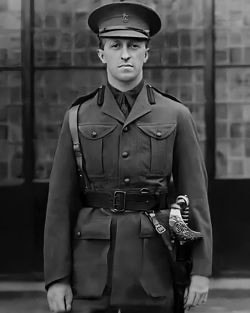
Captain
Antoine Gaston Philippe, M. C. Prince of Orléans and Braganza
Royal Canadian Dragoons
29th November 1918, aged 37.
Grave 55.
Formerly A.D.C. to Brig-General Seely, Commander of the Canadian Cavalry Brigade. Son of Prince Gaston of Bourbon-Orleans of Chateau D'Eu, Normandy, France.
Captain Prince Antônio Gastão of Orléans-Braganza MC; (Portuguese: Antônio Gastão de Orléans e Bragança; 9 August 1881 – 29 November 1918) was a Brazilian prince who served in the forces of the British Empire during World War I.
Antônio was born in Paris, the third and last son of Isabel, Princess Imperial of Brazil, and her husband Gaston of Orléans, count of Eu. His father was a grandson of the last Bourbon king of France, Louis Philippe I, and his mother was the eldest daughter and heir of Emperor Pedro II of Brazil. He was baptized on 27 August 1881.] His full name was Antônio Gastão Luiz Filipe Francisco de Assis Maria Miguel Rafael Gabriel Gonzaga;[1] his family affectionately called him "Totó".
After his grandfather was deposed in a military coup in Brazil, he and his family were sent into exile in Europe. As a child he was chronically sick with bronchitis. He was educated in Paris, and at the Theresian Military Academy in Wiener Neustadt, Austria. After graduation, he was a Hussar lieutenant in the Austro-Hungarian Army between 1908 and 1914.
When World War I broke out, Antônio was prevented from joining the French armed forces by a law that forbade members of the deposed French royal family from serving in the military. Instead, he was commissioned as a Lieutenant in the Royal Canadian Dragoons where he served attached to the Royal Flying Corps as a pilot and intelligence officer. He was awarded the Military Cross in 1915, and was promoted to Captain in 1918. He was aide-de-camp to Brigadier-General Seely, commander of the Canadian Cavalry Brigade.
Antônio died from injuries sustained in an air crash at Edmonton, London, shortly after the end of the war.[8] His remains were placed in the Royal Chapel of Dreux, in France.
Military Cross Citation
Military Cross, London Gazette, # 30234, dated 16 August 1917, "For conspicious gallantry and devotion to duty. As Intelligence Officer, he observed the enemy position at close range. Finally he got within 400 yards of the enemy in daylight, and though under heavy fire, continued his observations and obtained information which was of the utmost value". Légion d'honneur (Chévalier), London Gazette # 31736 dated 16 January 1920.
Antoine Gaston Philippe, M. C. Prince of Orléans and Braganza
Royal Canadian Dragoons
29th November 1918, aged 37.
Grave 55.
Formerly A.D.C. to Brig-General Seely, Commander of the Canadian Cavalry Brigade. Son of Prince Gaston of Bourbon-Orleans of Chateau D'Eu, Normandy, France.
Captain Prince Antônio Gastão of Orléans-Braganza MC; (Portuguese: Antônio Gastão de Orléans e Bragança; 9 August 1881 – 29 November 1918) was a Brazilian prince who served in the forces of the British Empire during World War I.
Antônio was born in Paris, the third and last son of Isabel, Princess Imperial of Brazil, and her husband Gaston of Orléans, count of Eu. His father was a grandson of the last Bourbon king of France, Louis Philippe I, and his mother was the eldest daughter and heir of Emperor Pedro II of Brazil. He was baptized on 27 August 1881.] His full name was Antônio Gastão Luiz Filipe Francisco de Assis Maria Miguel Rafael Gabriel Gonzaga;[1] his family affectionately called him "Totó".
After his grandfather was deposed in a military coup in Brazil, he and his family were sent into exile in Europe. As a child he was chronically sick with bronchitis. He was educated in Paris, and at the Theresian Military Academy in Wiener Neustadt, Austria. After graduation, he was a Hussar lieutenant in the Austro-Hungarian Army between 1908 and 1914.
When World War I broke out, Antônio was prevented from joining the French armed forces by a law that forbade members of the deposed French royal family from serving in the military. Instead, he was commissioned as a Lieutenant in the Royal Canadian Dragoons where he served attached to the Royal Flying Corps as a pilot and intelligence officer. He was awarded the Military Cross in 1915, and was promoted to Captain in 1918. He was aide-de-camp to Brigadier-General Seely, commander of the Canadian Cavalry Brigade.
Antônio died from injuries sustained in an air crash at Edmonton, London, shortly after the end of the war.[8] His remains were placed in the Royal Chapel of Dreux, in France.
Military Cross Citation
Military Cross, London Gazette, # 30234, dated 16 August 1917, "For conspicious gallantry and devotion to duty. As Intelligence Officer, he observed the enemy position at close range. Finally he got within 400 yards of the enemy in daylight, and though under heavy fire, continued his observations and obtained information which was of the utmost value". Légion d'honneur (Chévalier), London Gazette # 31736 dated 16 January 1920.

